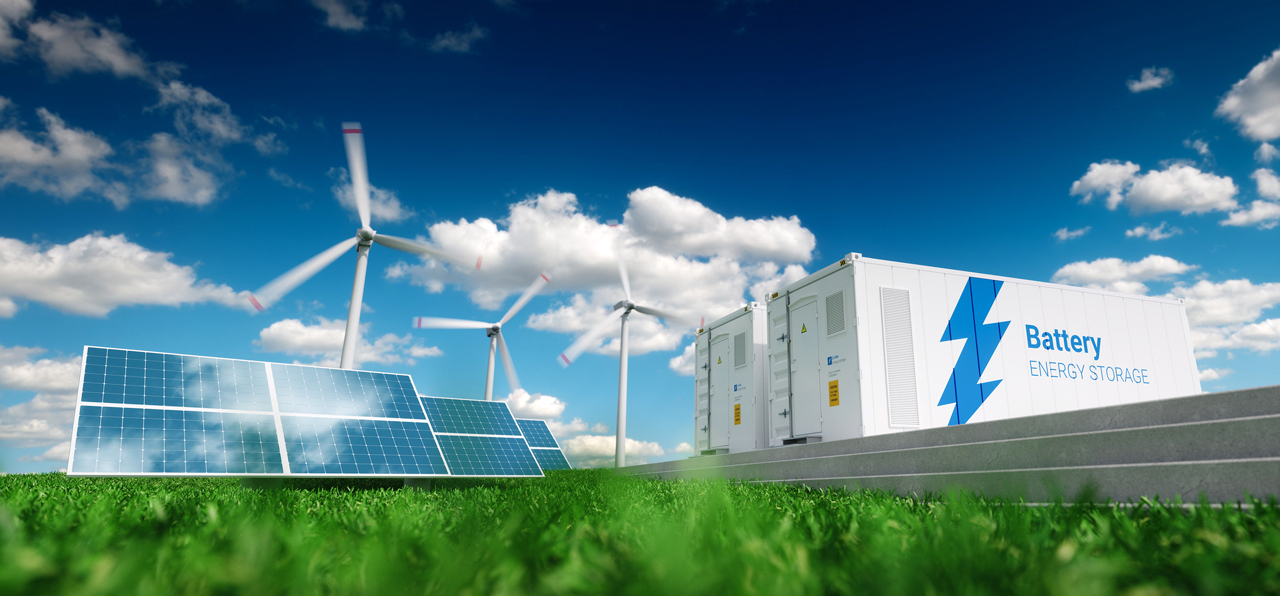
The world has come a long way since the time it only relied on fossil-fuel based energy, due to the well-recognised environmental issues with these (coal, natural gas and oil) sources. For years, nuclear energy took up the mantle of providing steady, clean power. In France, it is the largest source of electricity accounting for 72%. However, nuclear energy has now lost its appeal due to cost overruns and a history of disastrous accidents (remember Chernobyl and Fukushima).
The glamorous two sources of renewable, clean and green energy are now wind power and solar power, which are leading the drive towards environmental sustainability. As the fastest growing alternatives to fossil fuels, it is predicted that in the next five years, solar and wind power will become as cost-competitive as grid-based fossil-fuel generated power in many countries (as costs are being driven down relentlessly). Already, they account for 7% of energy generation globally.
This revolution is only half the story—solar and wind power are clean, yes, but reliable and steady, not yet. Since the sun does not shine all the time and the wind does not blow reliably, power generation from these sources needs to be complemented by storage. Today, the most common way to store energy is hydropower. Theoretically, excess solar and wind power generated on sunny/windy days can be used to pump water uphill into dams. Release of this potential energy, when required, generates hydropower. However, mountainous terrain is not always available, and adequate land for dams near consumption centres is a contentious issue. Hence, the search for storage is the next driver.
Distributed energy
Batteries can be the catalyst in the transition from the current pattern of electricity generation and consumption. Currently, the world over, electricity generation is carbon-heavy and centralised in a deployment that’s slow and costly. Renewable generation plus storage is the revolution in the making, which means: distributed energy deployment through micro-grids.
The Indian perspective
The use of battery storage will be led by India according to a recent report; by 2040, one-third of global deployment will be here. We are not far from the beneficial confluence of declining solar costs and plummeting battery storage costs. What are the drivers for this?
- High energy-density cathodes
- Increasing electric-vehicle sales
- Rising order sizes for storage batteries
At a global level, between 2010 and 2019, battery prices have dropped sharply by 87%. Furthermore, it is reckoned that by 2023, battery storage costs will approximate $ 100/kWH. This is the golden figure where internal combustion (diesel or petrol powered) engine is no longer cheaper than a battery-powered vehicle.
The revolution
Commercial vehicles— not just high-end personal cars—will run entirely on rechargeable battery power. Whole fleets of commercial vehicles as well as city-taxis will be recharged at charging stations designed for this. Furthermore, as a fleet attains a surplus, it can transfer it back to the local grid—a seamless two-way traffic.
Distributed energy deployment via micro-grids will lead to entire supply chains being streamlined. For example, irrigation at farms, storage nearby and transport to distribution and consumption centres will no longer be driven by considerations of centralised power supply and its higher transmission cost.
Some of the immediate benefits that will revolutionize industries in the future are:
- Frequency regulation, which is critical to sensitive equipment. As more industries digitise, the rapid supply response of storage batteries to consumption flux will become a game changer.
- Operating costs will come down as storage evens out charges for peak consumption.
- Grid-scale renewable power (solar and wind) will be stabilised by storage systems.
- Local and domestic renewable-plus-storage systems will store excess production for later consumption. Local, distributed energy systems will get strengthened by feedback into the grid as net-metering incentivises this two-way flow.
For more detailed insights, click here. Or, talk to an industry leader like Genus.
